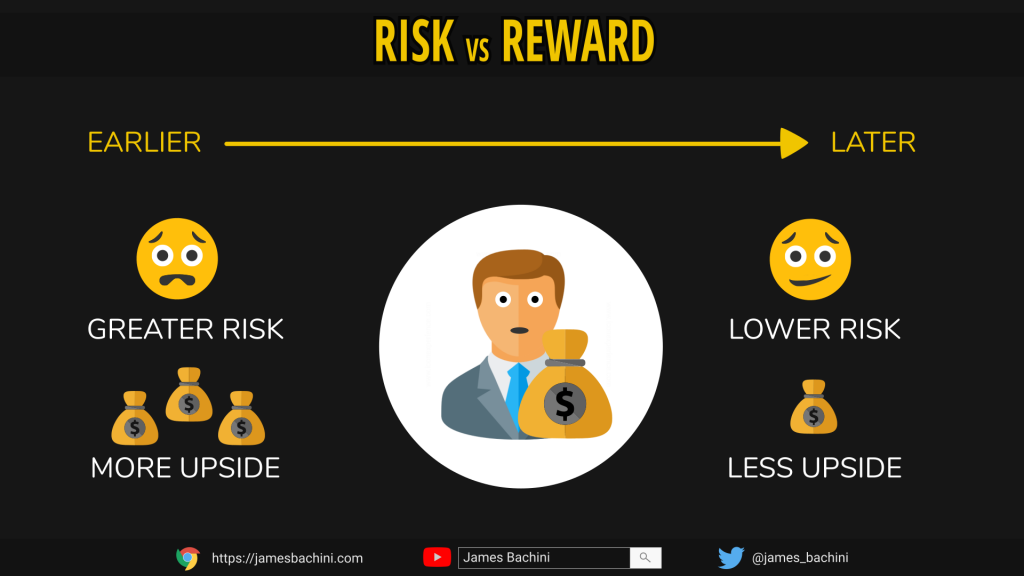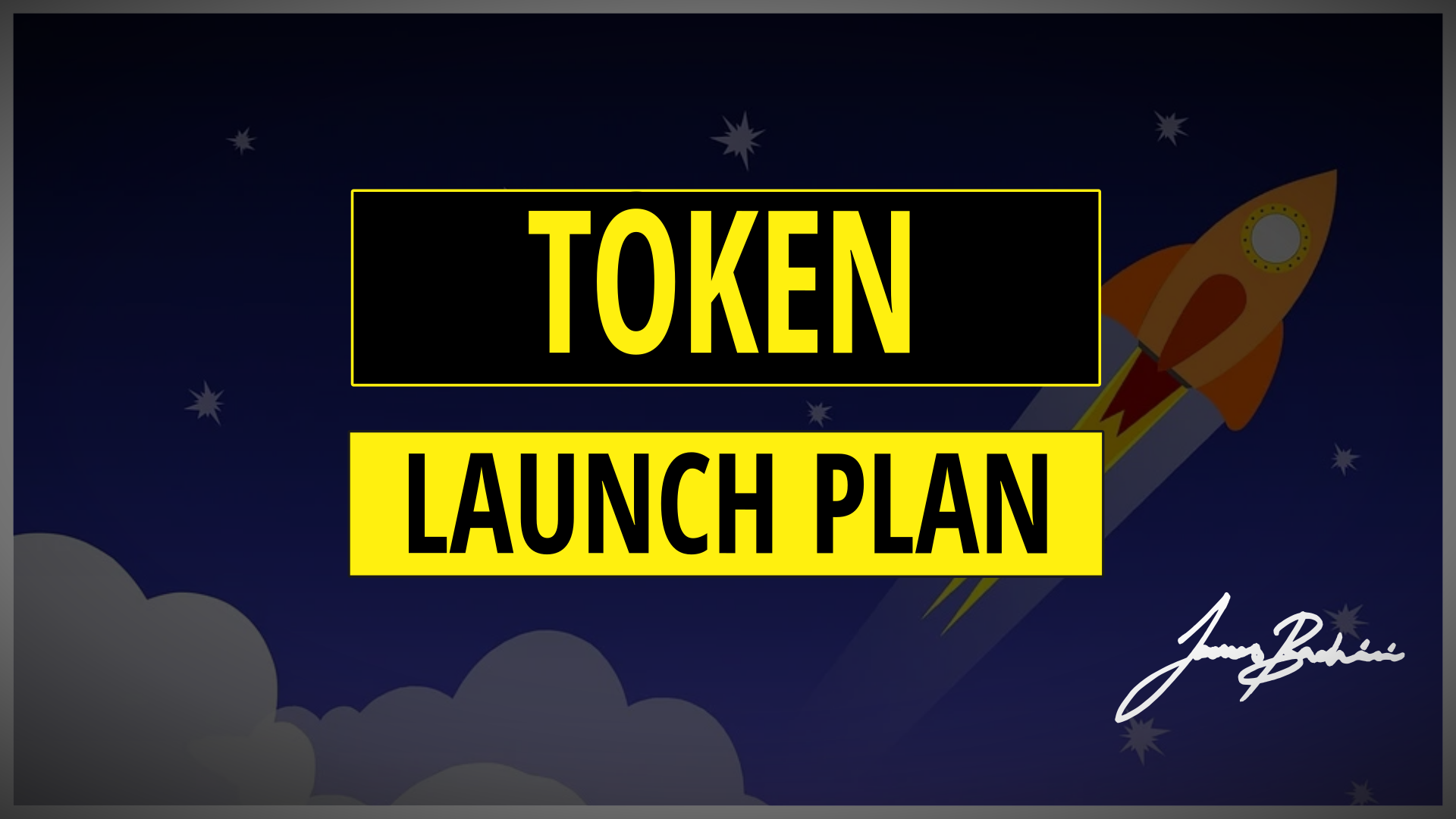This article is derived from a chapter in the free eBook explaining DeFi technologies:
DeFi Demystified | An Introduction To Decentralized Finance
When a new project launches a token it is quite common that they create an initial distribution through a token launch. This article discusses some of the different types of token launches followed by some advice on creating a token launch plan.
Token sales became very popular in the ICO (Initial coin offering) boom of 2017. This lead to ICO’s getting a bad reputation and the standard token launch rebranded to either an IEO (Initial exchange offering) on a centralized exchange or an IDO (Initial dex offering) on a decentralized exchange.
The principles of token swaps haven’t changed however and the general idea is for teams to raise the funds required to launch a protocol by selling off either all or a percentage of the supply of a new token.
With an airdrop tokens are not sold but are distributed for free to users that meet certain requirements. These may be promotional in nature or simply to users who have previously interacted with their services. In September 2020 Uniswap distributed 400 UNI tokens via an airdrop to anyone that had previously used the platform.
The concept of a fair launch token was popularized by Yearn Finance when they released their governance token without any team allocation or VC interest. They simply gave it away to the people that were using the protocol. This created a strong community which benefits the project to this day.

Token launches are very high risk and just like most startups, many fail. Many projects will never find product market fit and the ones that do have to battle through hacking attempts, regulations and scaling issues.
The few projects that do go on to build ecosystems around their tokens and gain traction provide a high potential reward opportunity for investors who are willing to allocate capital during a token launch.

Planning A Token Launch
Token supply and distribution economics are very important in the initial period of a tokens existence. Sometimes venture capital firms will get discounted terms, founders and advisors will get large pre-mine allocations, vesting schedules release tokens at set periods and pump and dump groups will inflate and collapse prices of low liquidity assets.
When planning a token launch the first factor that comes in to play is the type of token. There are either fungible (ERC20) tokens and non-fungible tokens (NFT’s). This article will mainly cover fungible tokens that conform to the ERC20 standard or crosschain variations.
Token Sale or Liquidity Pool
One of the first decisions you’ll have to make as a developer is whether to set up a token sale contract where users can purchase tokens directly from your website. Or to set up a 3rd party liquidity pool on an automated market maker like Uniswap or Sushiswap.
There are pros and cons for both methods. Running your own token sale requires no initial capital to setup a liquidity pool where as if you have some funds then users may be more familiar and trusting of buying tokens on Uniswap/Sushi.
There is some further information here about how to deploy a new token and set up a liquidity pool: https://jamesbachini.com/new-token/
There is also complete code for deploying a fair launch token with a Uniswap v3 pool here: https://jamesbachini.com/create-a-memecoin/
Choosing A Blockchain
This really comes down to the cost impact of gas fees. On Ethereum mainnet users will be paying $50-100+ to buy or sell your token via an AMM. There are a host of other options, these would be my current recommendations as of Q1 2022. All of these are EVM compatible so Solidity code can be easily deployed. Transaction costs are estimates.
| Blockchain | Transaction Cost | Description |
|---|---|---|
| Ethereum Mainnet | $50 | Premium network with high fees. Highest level of decentralisation and security. Exposure to largest L1 DeFi ecosystem |
| Polygon | $0.20 | Strong community, mature ecosystem, low fees and some support from Ethereum |
| Arbitrum | $2 | Layer 2 optimistic rollup, slow but steady growth |
| Binance Smart Chain | $0.20 | Centralised EVM chain run by Binance. Popular and mature ecosystem. |
| ZKsync | $0.50 | Not yet live on mainnet but one to watch for the future. Highly anticipated ZK rollup technology |
| Aurora (Near Protocol) | $0.00 | Zero cost high performance EVM chain from core team at Near protocol. I wrote about this here: https://jamesbachini.com/aurora-near-protocol-trisolaris/ |
Deployment Costs & Budgets
To deploy the contracts will cost roughly 10-50x the transaction cost above because there is more data that needs to be stored on chain when deploying contracts compared to a simple transaction.
Developers should also budget time and funds for:
- Code auditing (3rd party code audits are highly recommended)
- Domain name & hosting
- Social media management
- Marketing, branding, outreach
- Paid Advertising (Twitter ads recommend)
- Explainer videos, pdfs, whitepapers, docs
- Transaction fees (airdrops etc.)
Token Launch Process
The general process would be something along the lines of:
- Deploy smart contracts on a testnet.
- Have an auditor look over the contracts and run unit tests.
- Then migrate the contracts to mainnet of choice.
- Carry out some mainnet tests and secure any treasury funds in a multisig wallet.
- Deploy a liquidity pool or token sale contract
- Announce token launch
This article is derived from a chapter in the free eBook explaining DeFi technologies:
DeFi Demystified | An Introduction To Decentralized Finance


